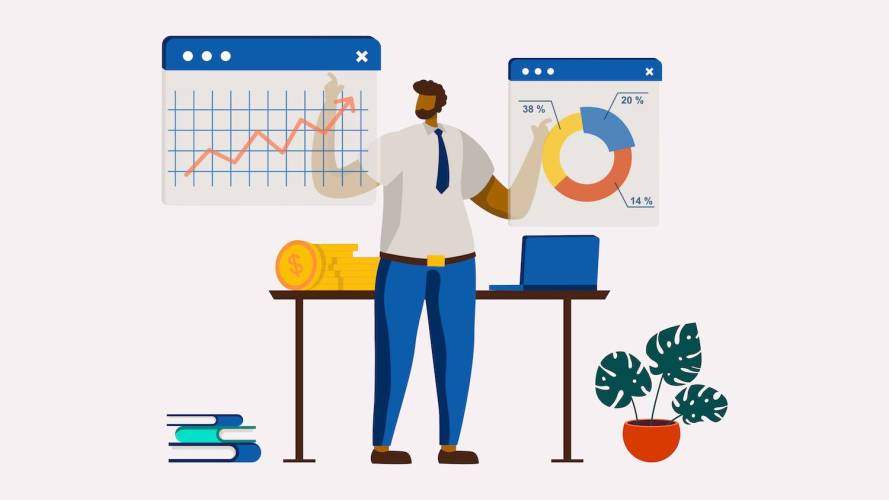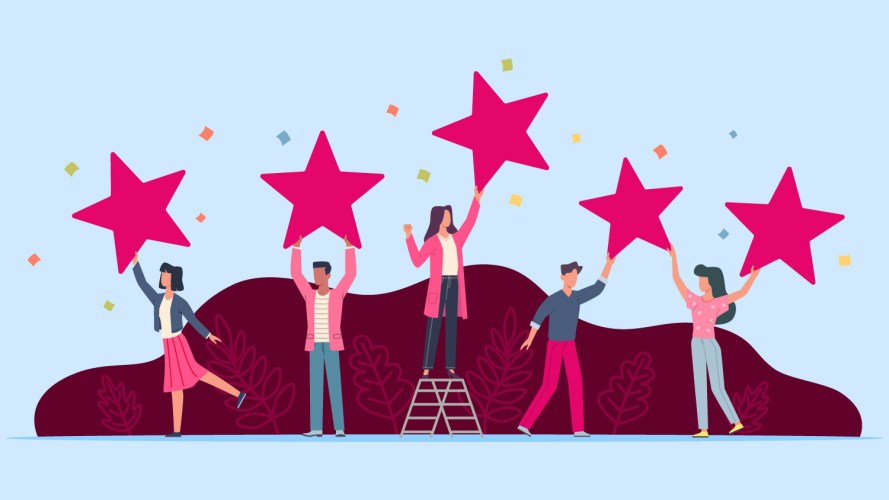Want To Prepare Your Employees To Lead From Anywhere? Salesforce Reveals Its Playbook



Leaders have never been more important to culture and the bottom line. See how Salesforce transformed leadership development for a work-from-anywhere world.

Jesse Sostrin
This year, after moving to a remote-first work culture, Salesforce needed to overhaul how we develop our leaders. As our employees and teams became more distributed than ever, we needed a new approach to leadership for an increasingly volatile, disconnected, and complex business landscape.
And so, we went through a 9-month-long process to overhaul the structure, design, and delivery of our leadership development programs. Our goal was to build more and better leaders at every level. Today I’m going to share an overview of where we were, where we are now, and what we learned along the way. I hope it helps your company up its leadership game too.
At Salesforce, managers are the No. 1 driver for engagement, job satisfaction, wellbeing, innovation, and inclusion. That makes great leadership business-essential. This isn’t just a technology trend; it applies to every organization, regardless of industry, size, and location. And I’m not alone in thinking this. A lack of leadership development is one of the three most significant inhibitors to organizational success, according to the results of PwC’s global Future of Work survey.
How we developed leaders before
Historically, Salesforce based its approach to leadership development on the belief that overinvesting in top talent was the most efficient and effective way to build a deep bench of exceptional leaders. We held a formal nomination process within Salesforce to identify the highest-performing, highest-potential leaders.
From there, leaders engaged in a mix of case study review, peer dialogue, volunteer experiences, and coaching to scale their impact. Led by senior internal executives and external thought leaders, the programs were widely recognized as an essential rite of passage for rising leaders.
Want to keep your best people? Teach them new skills
Many companies have started offering more on-the-job training, but most people believe those organizations are still lagging. Here’s a look at how better employee upskilling can help retain and attract workers.



The upside of this traditional approach was significant. For the business, the nomination process forced the company to discuss key talent and plan for their growth by making an investment in them through a formal program nomination. For leaders, the quality and reputation of their executive development experience measurably improved their leadership capability and increased their commitment to Salesforce.
Despite a track record of excellence, over time the model’s goals stopped lining up with our changing landscape of work for three reasons:
- Salesforce’s growth required more and better leadership from every level (not just the top).
- Because of our commitment to equitable access for employees, we needed to move away from the formal nominations process.
- We needed virtual programs for much of the pandemic and potentially beyond.
First, decide what matters
As we set our course for change, we needed to decide what we cared about most. Through leader interviews, stakeholder focus groups, and design sessions, new priorities became the “true north” for the broader transformation road map:
- Anyone can lead. Great leadership can come from anywhere and focusing exclusively on the highest-performing leaders can reinforce unintended bias and limit the participation of traditionally underrepresented employees.
- Every great leader should do three things really well: Build a great team, be a great person to work for, and deliver great results together.
- People learn best with others, over time. Relevant content delivered in the context of everyday work allows leaders to sustain engagement, motivation, and community among their peers.
- Leadership growth occurs in stages, and – to stay relevant – leaders need differentiated training and development that matches their responsibilities.
- Leaders must be accountable. Leader behaviors should be measured and reported on transparently to validate improvement and performance.
- Great learning requires both virtual and in-person experiences. Most learning and development can occur virtually to drive down cost and increase scalability, but truly immersive, relational, and experiential learning is best done face-to-face.
These parameters created a blueprint to guide the larger transformation process. We shared them around the organization so that we could refine them and start getting everyone bought in early.
Designing the new structure
This evolution wasn’t easy and we went through several iterations. We found that asking these questions were most helpful in shaping the final scope of Salesforce’s design. They may help your organization, too:
| Critical Decision | Design Choice |
|---|---|
| Who gets access to development? | Everyone should have access. This requires an end to the formal nomination process for democratized access to development — regardless of title and tenure — for any aspiring or current people leader. |
| How will leaders be segmented? | Using a customized leadership pipeline model, all ~80,000 employees were assigned to one of the six stages based on their current role and responsibilities as defined by the HR system of record. |
| What is different across the stages? | After researching the different challenges and requirements for success at each stage of leadership, a detailed profile was created for each stage to document distinct skills and capabilities required for success. |
| Is the development focused on leading people, leading the business, or both? | Both: Rather than waiting until leaders are more senior in the business, start at the first stage — aspiring leaders and leaders of individual contributors — and provide a blend of business and people leadership capabilities from day zero. |
| Do leaders at each stage go to a single program, or is it an experience over time? | Learning and development outcomes are greater when delivered in the course of daily work, so “Pathways” (i.e. learning journeys over time) were designed to move away from single-point-of-learning events. |
| What happened to the legacy programs that many leaders recognized and respected? | Iconic milestone programs were preserved, however, they were sequenced within their respective Pathway, then re-imagined for scale. |
| Is participation in leadership development optional or mandatory? | Optional: While Salesforce needs every leader to be accountable for being a great manager, the research is clear that outcomes from compulsory learning are not as good as voluntary learning. |
| How do adjacent development interventions, such as career development, leadership coaching, and teaming fit in? | Adjacent development interventions are fully integrated into ongoing leadership experiences to create diversity in learning styles, accountability support, and application of learning within teams. |
Introducing the Great Leader Pathways
We call our new approach to leadership development the Great Leader Pathways. Each stage has its own targeted curriculum that ties the relevant mindsets, skills, and behaviors with leader success at that level. The new open-enrollment model democratizes access to further deliver on our commitment to equality.
Great Leader Pathways deliver personalized experiences with bite-sized content and activities, to help leaders at all levels get the tools they need to lead in a success-from-anywhere world. Here are the six stages:
- Growing experts: Individual contributors seeking to grow as experts in their chosen profession, rather than becoming a formal people leader.
- Aspiring people leaders: Individual contributors seeking to develop themselves and their careers through people leadership.
- Leader of individual contributors: First-line managers responsible for the success and growth of a team.
- Leader of leaders: Those responsible for the success and growth of multiple teams led by other leaders.
- Function leaders: Executives responsible for the direction, success, and growth of a specific function or area.
- Enterprise leaders: Our most senior executives, directly responsible for the strategic direction and success of our company as a whole.
No two careers are exactly alike at Salesforce, and not everyone spends equal time at each stage, so Pathways focus on the relevant capabilities required by that specific stage. They are taught through memorable experiences, both self-paced and live, with a mix of curated content, community/peer learning, instructor-led workshops, virtual facilitated sessions, and face-to-face, immersive experiences.
Initial results
Early results are promising, with around 22,000 employees enrolled in the first open window. We expect another 3,000 or so to enroll in the second window, making the growth in participation more than 200% from the year prior. What is more, under-represented minorities and women are participating at higher rates than our employee population averages. As programs within each of the Pathways are delivered during the months of July through November, we will continue to collect, analyze, and report evaluation and assessment data.
If you question the investment of time and resources required for this type of large-scale learning and development initiative, remember this: In a volatile labor market like today’s, the job of every senior leader is to attract, develop, and retain exceptional employees to remain competitive in the marketplace. Knowing the pivotal role that leaders at every level play in this process, how can you afford not to invest in well-designed, high-impact leadership development initiatives?
Learn to lead with empathy
Empathy is a major buzzword these days but few managers really know what it means or how to implement it. You can get started with our free online learning platform.


























